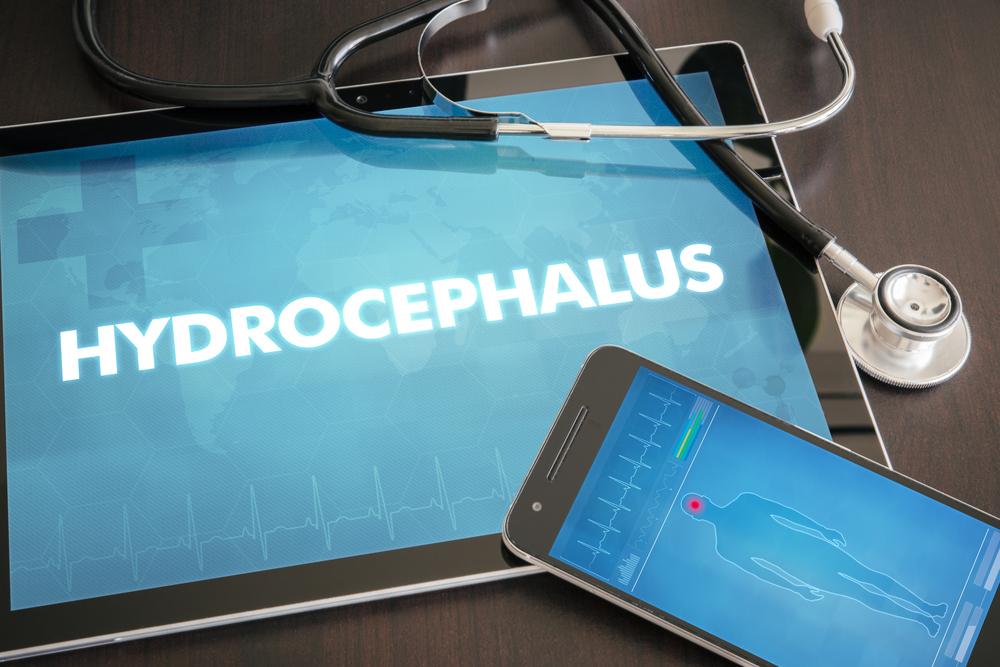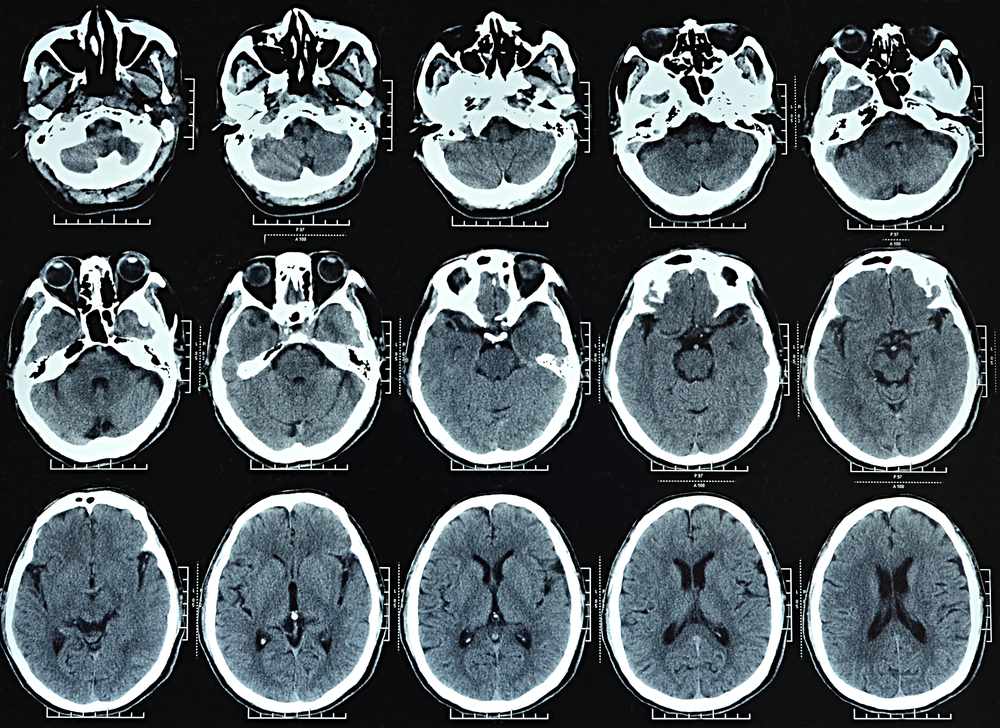NeuroDx Development is a medical device company which was founded to carry on the work of neurosurgeon Dr. Samuel Neff, developing technologies to address important unmet needs in the neurosurgical market. Our lead product, ShuntCheck®, is the first portable, non-invasive, non-radiologic tool for testing the patency of CSF shunts in hydrocephalus patients.
Hydrocephalus is a condition in which CSF accumulates in the brain ventricles, potentially leading to brain damage and death. Hydrocephalus is corrected by placing a VP shunt that drains excess CSF to the abdomen. However, CSF shunts in hydrocephalus patients fail frequently, usually by obstruction, and are difficult to diagnose. Since catheter replacement requires surgery, a need for shunt revision must be established.
Current methods for detecting shunt malfunction do not meet the needs of hydrocephalus patients. Physical examination, including pumping of the shunt reservoir, is unreliable. CT remains the gold standard, but is expensive and results in repeated radiological exposures of patients, many of whom are children. Radionuclide shunt flow testing is invasive and poses a risk of infection, and new technologies under development are complex, lacking in precision or require implantation and have not reached the clinic.
ShuntCheck addresses this need with a non-invasive rule-out test for shunt obstruction. ShuntCheck is an FDA-approved device that uses thermal dilution technology to detect flow through CSF shunts – detecting a transcutaneous change in temperature as cooled cerebrospinal fluid flows through the subcutaneous portion of a ventriculoperitoneal (VP) shunt.
Hydrocephalus affects 300,000 Americans, and approximately 69,000 people are diagnosed with hydrocephalus each year in the United States. ShuntCheck will result in improved clinical care and outcomes and reduce the healthcare cost of these patients by reducing the number of imaging studies currently conducted on “false alarm” patients (75% of symptomatic pediatric patients) and admissions for observation and invasive testing currently conducted when CT Scans are equivocal. Longer term, as the procedure expands into lesser developed markets where CT scans and other current diagnostic tools are unavailable, it will significantly improve patient outcomes.


